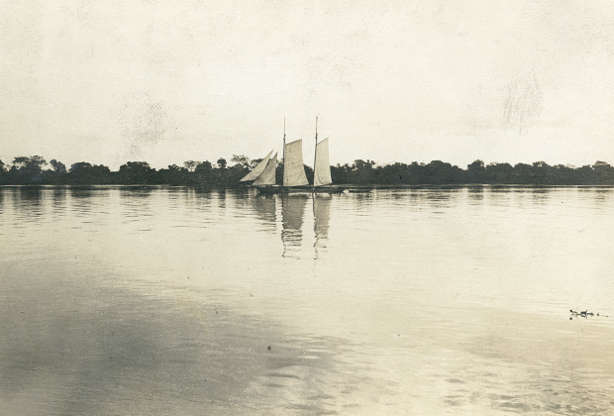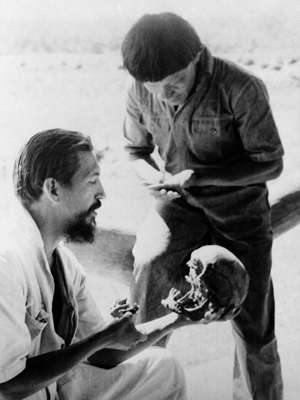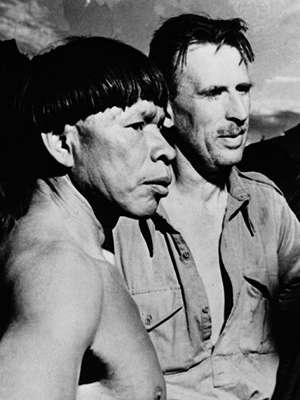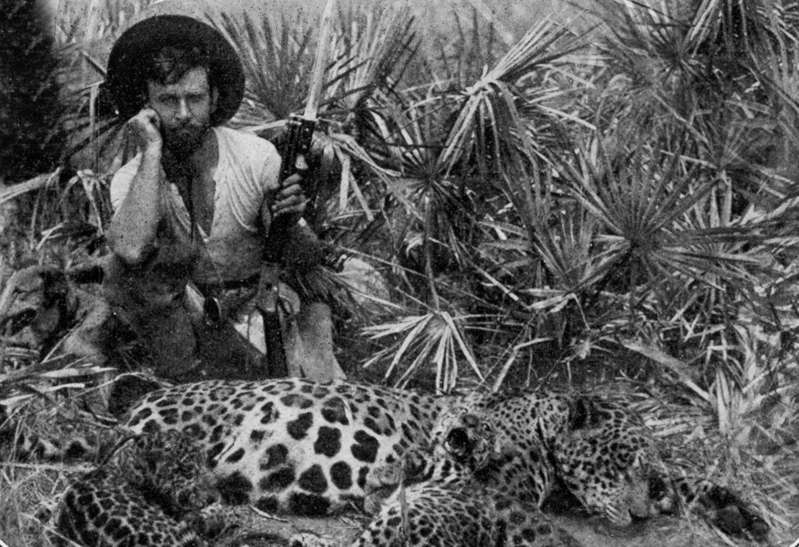
Since the 16th century, Europeans have not abandoned their attempts to find the golden city of El Dorado in South America. In 1927, British explorer and Lieutenant Colonel Percy Harrison Fawcett embarked on one of the last of such trips to stir up the whole world. As an indefatigable topographer he was looking for a paradise land, but disappeared without a trace in the jungle, giving rise to another historical mystery – in the continuation of the “Lenta.ru” cycle about famous travelers, explorers and discoverers.
Golden City
The assumption that there is a city with fabulous wealth in the jungles of South America originated with the arrival of Europeans in the New World in the 16th century. Then the natives told the conquistadors unprecedented legends about a certain ruler, a golden man (in Spanish – El Hombre Dorado), who every morning covered his body with dust of precious metal. After the stories of local residents, the researchers believed in the existence of untold riches in these lands, and the gold rush swept people for almost 500 years. From century to century, scientists did not abandon their attempts to find a lost civilization and equipped expeditions deep into the continent.
The first to organize an expedition in search of the mythical city was the Spanish conquistador Sebastian de Belalcazar. Initially, he was entrusted with the conquest of the northern possessions of the Incas, which were located in the territory of modern Ecuador. Successfully subduing them in 1534, he founded the Spanish settlement of San Francisco de Quito on the site of an ancient Indian city. Then Belalcazar went upstream of the Magdalena River and soon his detachment joined the army of another conquistador – Gonzalo Jimenez de Quesada. However, conflicts between the conquerors and famine in the army forced them to stop searching for an indefinite period.
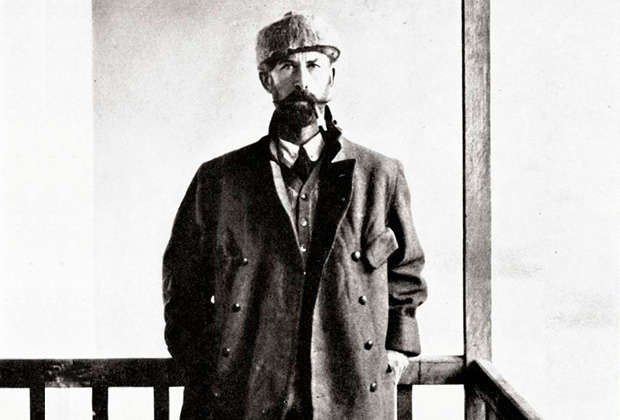
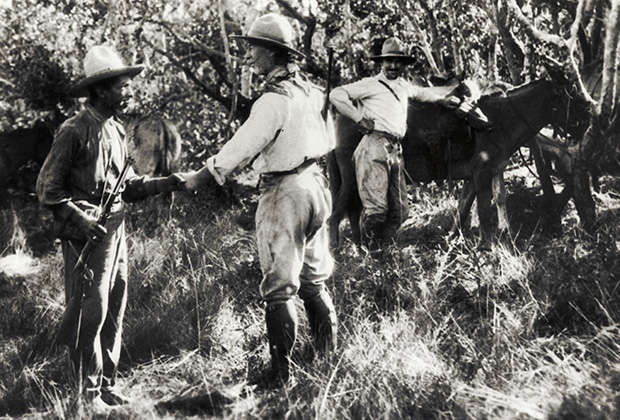
The next to go in search of Eldorado was Gonzalo Pizarro, appointed governor of the district of Quito (now Ecuador). For this, in 1541, he recruited 220 Spaniards and about four thousand Indians. Soon the conquistador Francisco de Orellana joined Pizarro. Together they went on a hike across the Andes, which became fatal for them. Difficulties pursued them from all sides – the detachment faced unfamiliar infections, hunger, poisonous insects and reptiles. For the first time, Europeans also learned about the horrors of El Chugno – a disease caused by an icy mountain wind. Their wounds were bleeding and burning, their unprotected skin instantly cracked and peeled off like scales under the scorching sun.
Time passed, the mountain range was passed, provisions were critically lacking, and it became more and more difficult to walk through the swampy jungle. In order to somehow facilitate their path, the conquistadors built a small brigantine “San Pedro” from the materials at hand and continued their march on it. Soon the leaders of the Indian tribes told them that in a few days' journey there are places full of wealth and food. On December 26, 1542, fearing the threat of a mutiny, Orellana gathered a detachment of 57 Spaniards, asked Pizarro for a ship and began to descend along the Coca River.
The team moved further and further east, followed the Napa River, and after almost three months, the pioneers discovered the famous Rio Grande and entered the Atlantic Ocean. Thus, Orellana crossed South America from west to east, gained fame as the discoverer of the Amazon, but Eldorado never found
One of the last trips to find the coveted Eldorado was undertaken in 1775-1780. Each expedition took dozens or even hundreds of lives. Nevertheless, historians appreciate the high scientific contribution of such campaigns – the pioneers returned with valuable information about local tribes, plants and animals.
Obsession
The era of great geographical discoveries is long gone – all continents, islands and coastlines were mapped. When there were less and less unknown lands, travelers rushed deep into the continents to get important information about little-studied peoples. In the 1920s, during the heyday of urbanization and industrialization, the very idea that somewhere on Earth remained an unexplored developed country seemed impossible. However, this idea had a follower – it was the British surveyor and Lieutenant Colonel Percy Harrison Fawcett.
The future discoverer was born in Great Britain into a family of a member of the Royal Geographical Society – many argue that he inherited his passion for travel from his father. Fawcett served with the artillery troops in Ceylon, where he met his future wife, Nina, and worked for British intelligence in North Africa.


